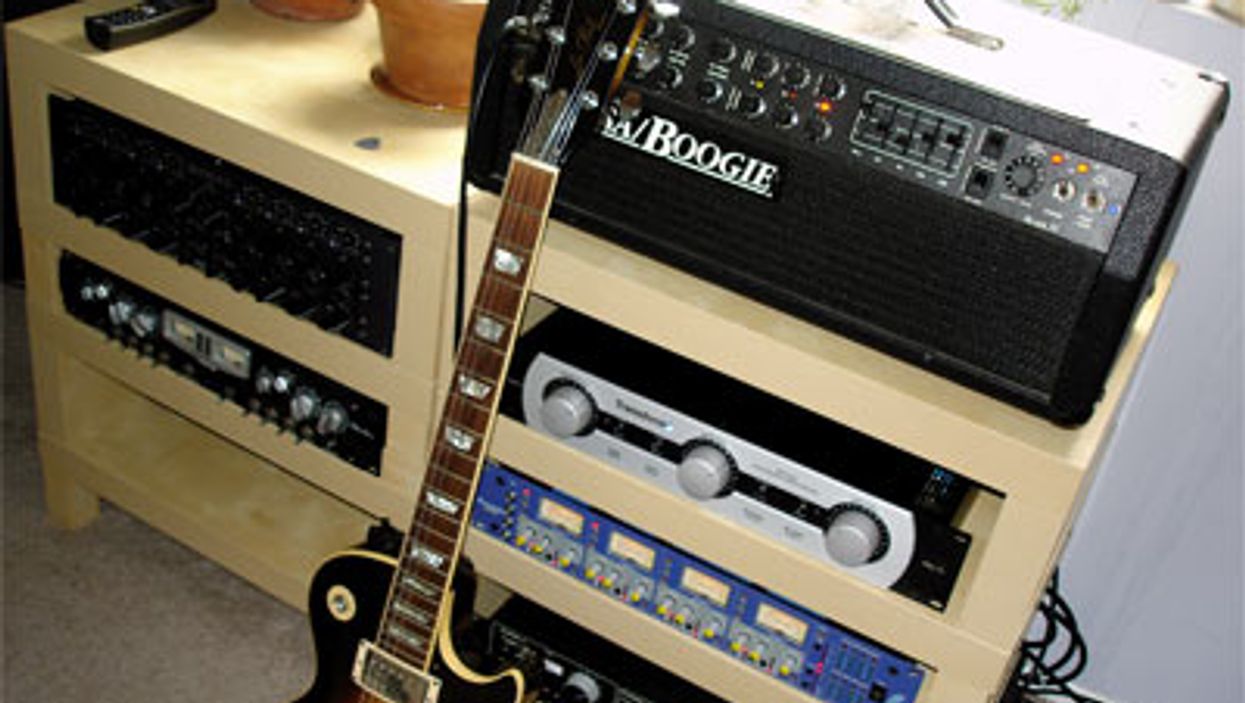Search
Latest Stories
Start your day right!
Get latest updates and insights delivered to your inbox.
german-amp-specialist-simulator-digital-tone-cabinet-speaker-miking-level-dynamic-microphone-level-output
Don’t Miss Out
Get the latest updates and insights delivered to your inbox.
Recent
load more
